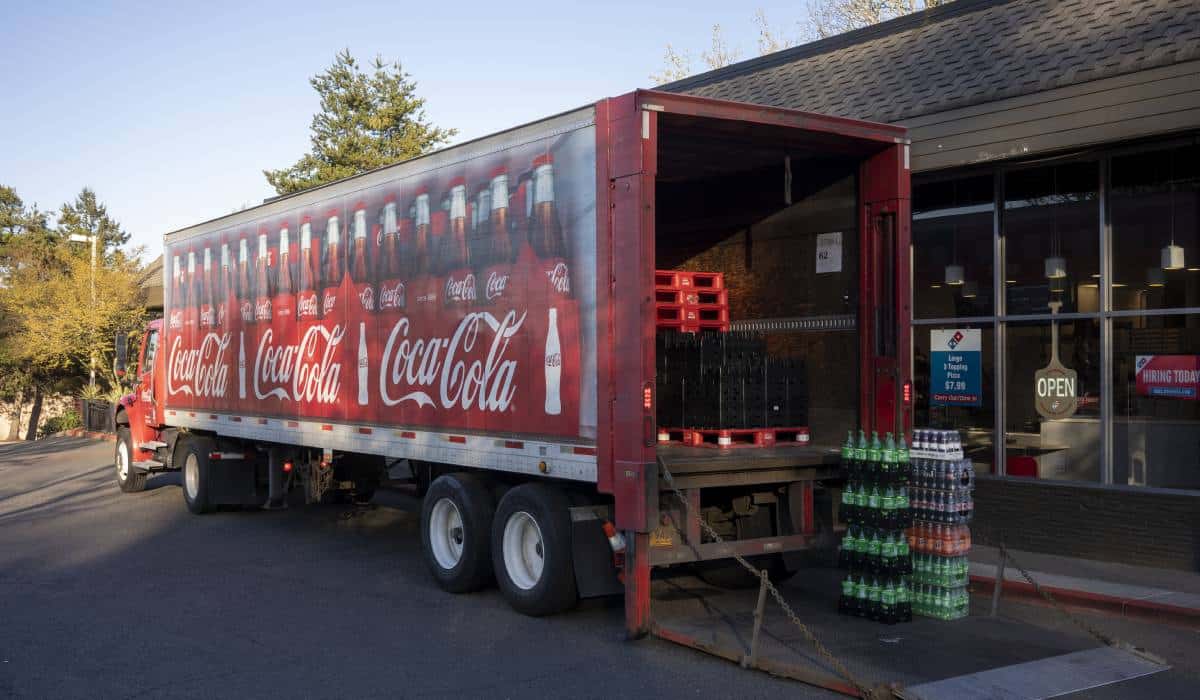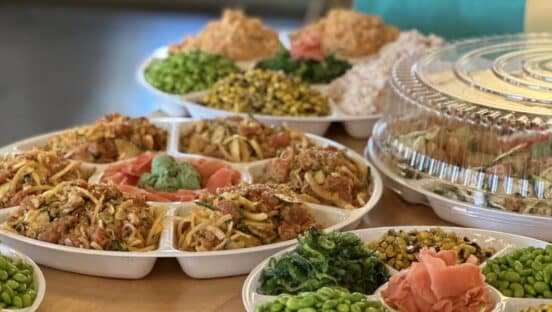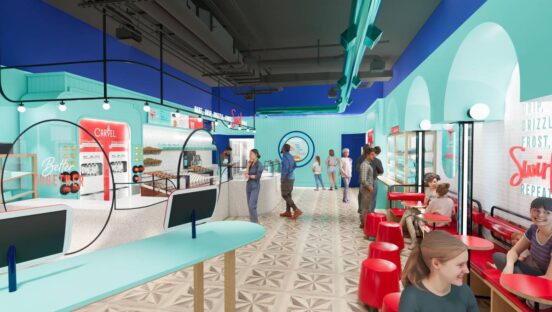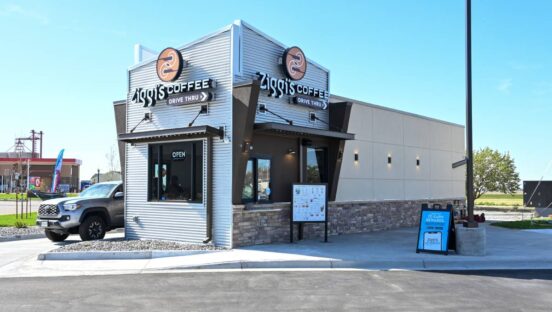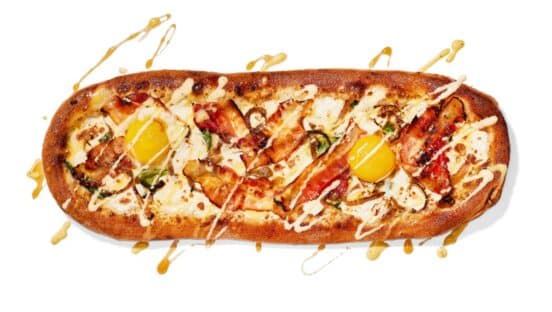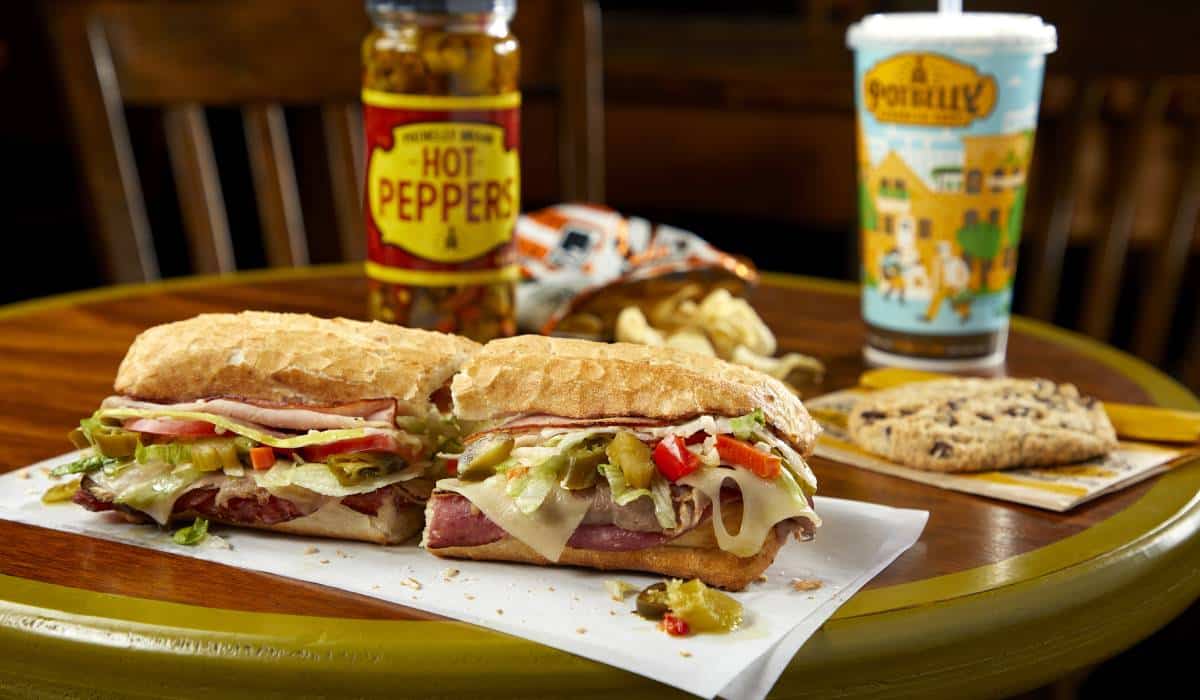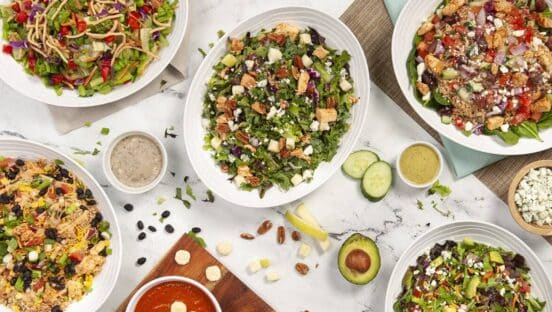Supply chain issues are, like many pandemic-tied challenges, a setback for restaurants without a timeline. Nobody can say for certain when commodity pressures will ease, prices recalibrate, or simply, when delays stop becoming an accepted page in the operating playbook.
A November survey from the National Restaurant Association showed a full 96 percent of operators experienced supply delays or shortages of key food or beverage items in recent months. Another eight in 10 said they faced similar problems with equipment or service items.
Of course, this is one culprit for why menu prices are climbing. It’s also forcing restaurants to alter what they offer guests. Among operators that experienced supply delays or shortages in the Association’s survey, three in four said they made changes to menu offerings in response. Eighty-five percent of fine-dining restaurants did so; 81 percent in casual dining; and two-thirds of limited-service operators.
On top of this, 91 percent of restaurants noted their total food costs as a percent of sales were higher than pre-COVID. Only 3 percent said food costs today make up a smaller proportion of sales.
In Yelp’s Q4 Economic Average Report, released Wednesday, consumer reviews mentioning higher cost of goods and services grew to a five-year peak after dipping at the onset of the pandemic. It was a 29 percent increase from Q4 2020 and a 49 percent leap from the five-year low in Q2 2020.
The reality is far from anecdotal as well. The Producer Price Index for All Foods, which represents the change in average prices paid to domestic producers for their output, hiked 12.2 percent between November 2020 and November 2021. That marked the fourth consecutive month with 12-month gains above 10 percent—something that hasn’t happened in more than four decades.
Given continued uncertainty, the industry is bracing for more steep increases in shipping and logistics prices after supply-chain costs soared in 2021.
Aaron LaMotte, VP of supply chain management for North America at Sodexo, chatted with QSR about the challenge at hand, where restaurants go from here, and when (if) operators can expect a return to normal.
Firstly, tell us about your role at Sodexo.
As Vice President of Supply Chain Management for North America, I manage the regional food team as well as the local sourcing and customer support teams. In my role, I manage groups of people that are focused on regional and local sourcing as well as helping our operators make smart decisions on what to buy and from where, and how to utilize the right vendors to maximize the value to our customers.
Let’s get into the supply chain challenges facing restaurants today. What are some of the culprits at work causing steep increases in shipping and logistics?
Specifically, as it pertains to shipping and logistics, the major culprits are a couple things. A few years ago, the U.S. federal government passed a law that required electronic time and travel logs for short and long-distance haulers that certainly added some costs into the system. And then COVID hit. At that point, the trucking community was already retiring or moving into other jobs at an alarming rate. The average haulers age was somewhere around 60 years old. We found ourselves in a situation where we were down by all accounts, more than 60,000 open positions needed to get filled, all while dealing with the effects of COVID and people getting sick.
You’ve got a situation that already wasn’t great. That just gets exacerbated when people are out for extended periods of time and different protocols like contact tracing need to take place. It really created a challenging environment in the trucking industry that became significantly worse, leading to increased costs. Truckers are driving fewer miles per day with more loads than they’ve needed to transport historically, that’s a recipe for higher costs.
COVID wasn’t the genesis cause of the shipping and logistics challenges we are facing today. We had issues pre-COVID including rising costs that became worse due to the pandemic. COVID took an already difficult situation and exacerbated it, that really drove us to where we are today.
How much of this is a labor reaction?
It all comes down to labor at the end of the day. There’s a shortage of somewhere in the neighborhood of 70,000 truck drivers today. The truck drivers that are still on the roads are in a in a much better leveraged position for wages and earnings. They can demand more, predicated on the volume of work that’s being done. There are not enough people to offload ships, and not enough trucks and drivers to pick up those containers to move them across the country. Although labor is not the root cause of it, it is absolutely what’s driving the current situation.
What about shortages? What do restaurants need to understand on that front?
What restaurants need to understand is that the supply chain right now is highly stressed; and it starts at the manufacturer and grower level. We don’t have enough people to harvest our fruits and vegetables. We also don’t have enough healthy people to maintain the product production lines that we have going across our manufacturing base.
We also don’t have enough trucks on the road or enough last mile haulers to get the product from the factories into the distribution centers, and then from the distribution centers into the restaurants and to their customers. The rule going forward is that patience is not only a virtue, it’s a necessity. At this point there are going to be times where there is going to be a plentiful supply of products they need, and there are times where you’re going to have to make adjustments, substitutions, and menu changes to adapt to what’s available. Shortages of supply are the norm for now, probably at least for the next calendar quarter.
Are there certain commodities you expect to face more inflationary pressure in 2022 than others?
We haven’t seen any one particular industry take a significantly deeper hit than any others. The overall commodity market right now is influx across the board. I don’t expect that there’s anything that will stand out that will truly drive commodity costs up. We’ve seen some issues with wheat and we’ve seen some issues with corn and soybean meal. We’ve seen some issues across the board, but they’re relatively static across all the different commodity types. I don’t necessarily see anything that’s sticking out that that is going to really, truly drive or exacerbate any current situations or inflation.
A question I hear all the time is simply the timeline. Nobody is quite sure when supply issues will balance out, when they’ll stop having to buy product on the spot market, order equipment half a year in advance, etc. Is there a sense on your end when that might be? Or should operators brace for the long haul?
No one knows for sure when this is going to calm down, so it is absolutely smart to brace for the long haul. I think there have been several moments where we’ve started to see an uptick in fill rates and uptick in production levels. We’ve seen an uptick in overall health of the industry, then only to see that level out or start to decline again. I certainly don’t have any insight into when in the short term we’re going to see relief from what’s going on right now. I think the smart play is to prepare for and expect this to be a long-haul issue, and if it ends earlier, then that’s a good thing. But I’d prepare for the worst and hope for the best.
What are some near-term solutions? Shorter circuits, local food products, season offers, and so forth. How do you counteract pressure, as best as you can?
Near-term solutions include being nimble on your menus and being able to make changes. At Sodexo, we’re constantly working with our culinary teams to ensure that as we see challenges coming down the road, that those are known to the culinary team so they can make adjustments at the operations level. Sodexo does a tremendous amount of local sourcing. We work with local farms, minority owned farms, and local entities, bakeries, and dairies across the U.S. It’s a lot easier to buy local and transport local when you live in that community and the outputs from what you’re doing affect that community. One example is our partnership with Circle B Farms in Caribou, Maine, which allows the farm to source local food to schools within the UMaine System.
And what about on the labor side? Is that a “new normal” on some level? How do you think the supplier industry will pivot to get ahead of what’s an industry-wide reality?
I think that we’ve already started to see that. We’ve seen wage increases and we’ve seen job mobility like we haven’t seen in historical time. There’s more opportunity for people to work in different parts of the country and do the job that they want to do. I think on the labor side we’re going to continue to see the advancement in use of technology and innovative new ways of recruiting that’s going to try to drive stability back into the labor side.
I absolutely think it’s part of the new normal. I think the labor force has grown to expect and to require certain things that weren’t present a few years ago, and I think that’s going to continue as we move forward. I don’t see that going away anytime soon.
One of the benefits to a company like Sodexo is we have such a broad reach into the supply community. We can buy enough of so many different things that can really, positively affect production and help create stability in the manufacturing side. We can help our customers get access to products, goods and services. As a supply management organization, we spend a tremendous amount of time ensuring the depth and breadth of the products and meeting and exceeding our customer requirements in the very best of times and in the very most challenging times.

